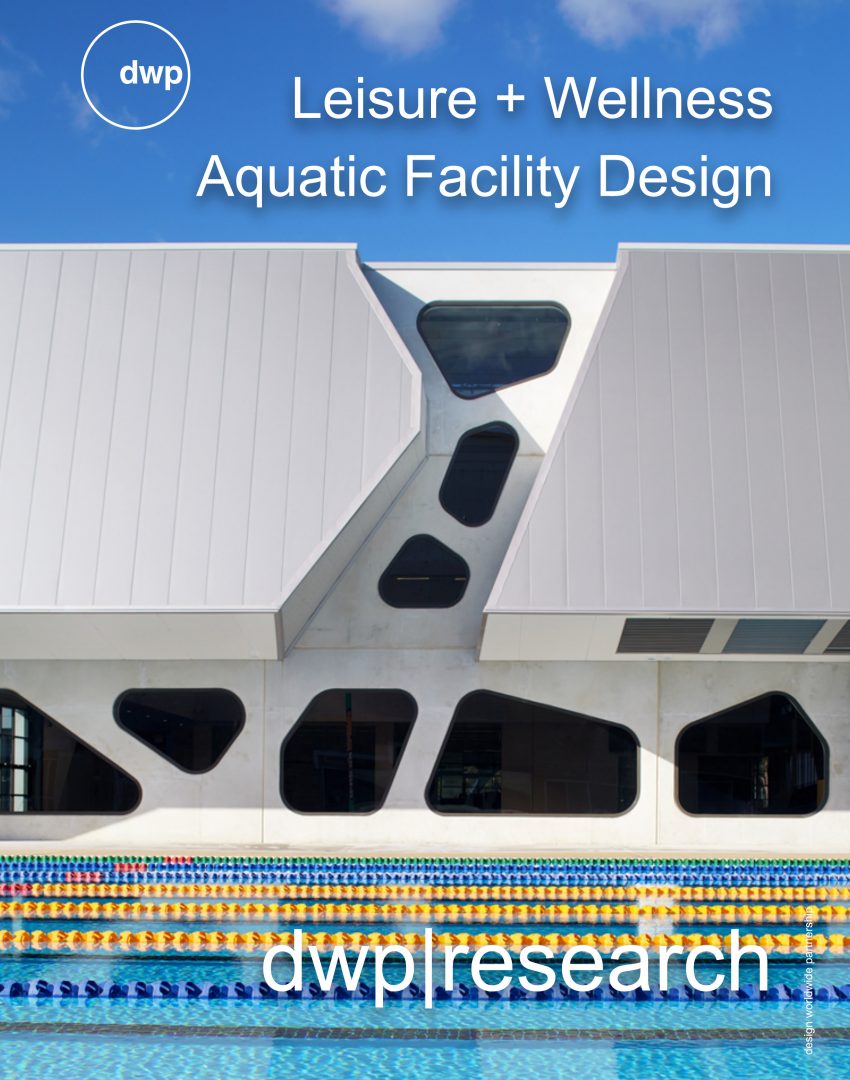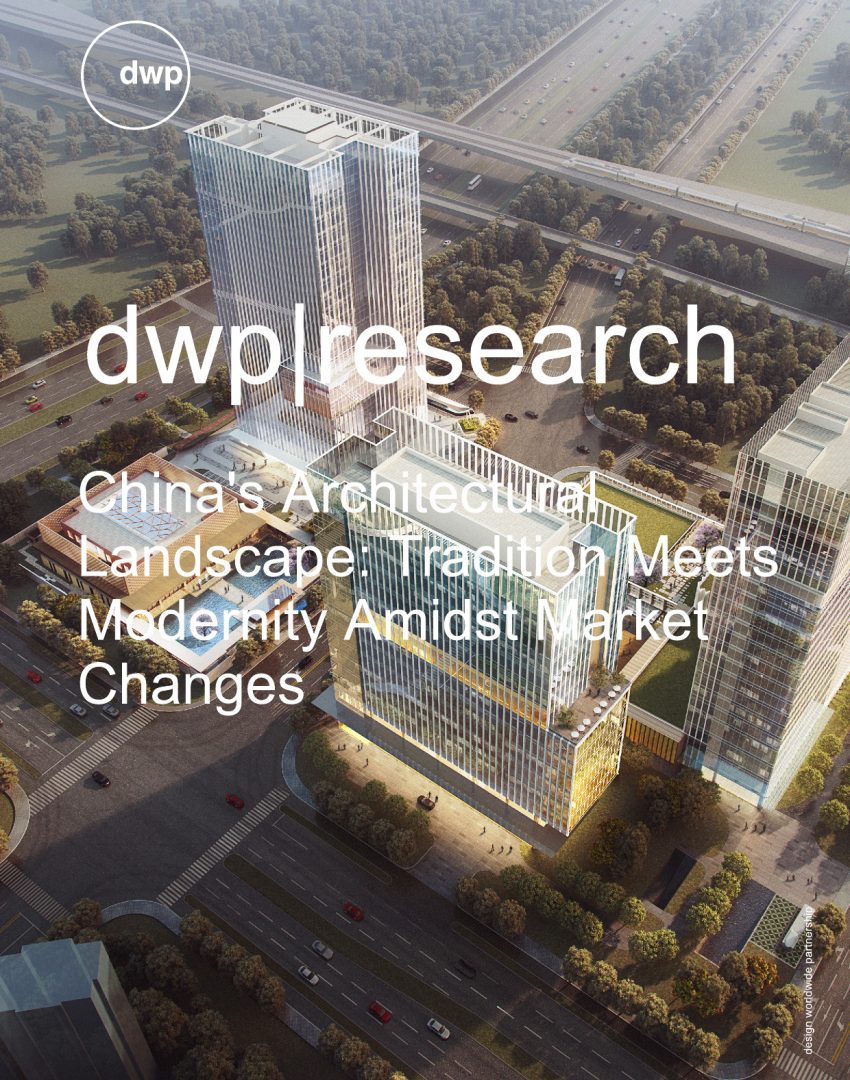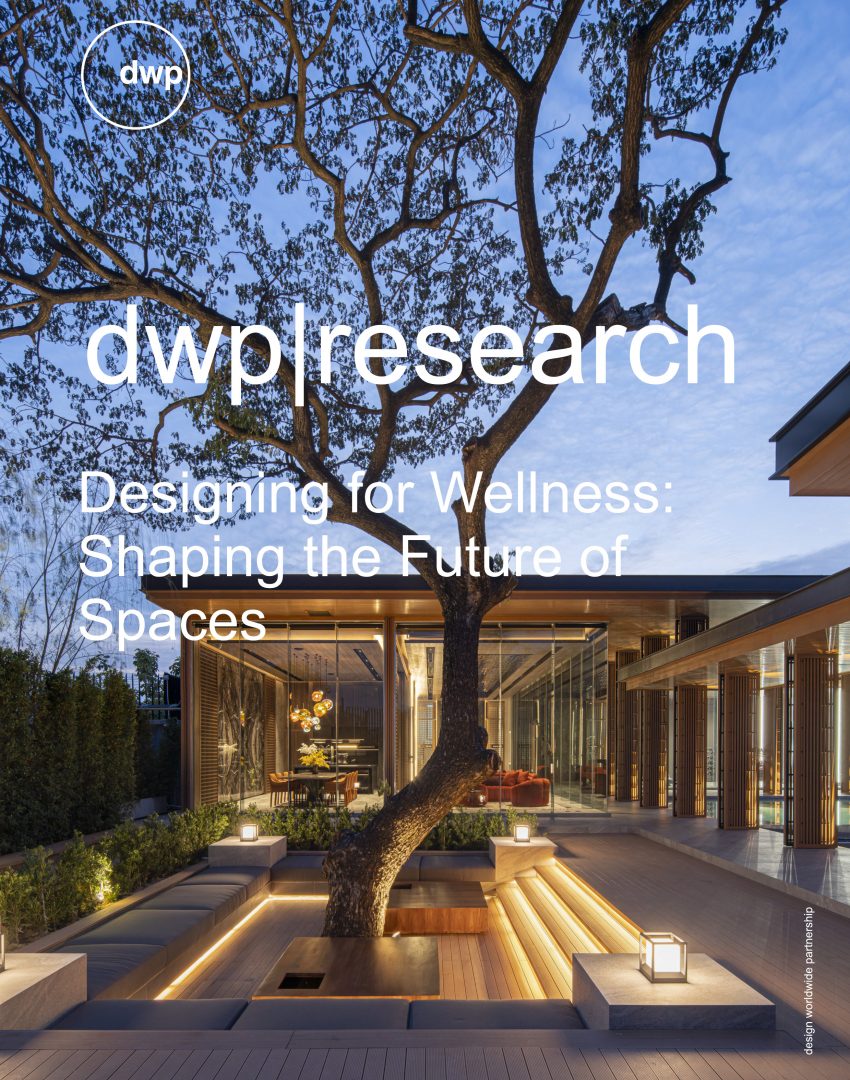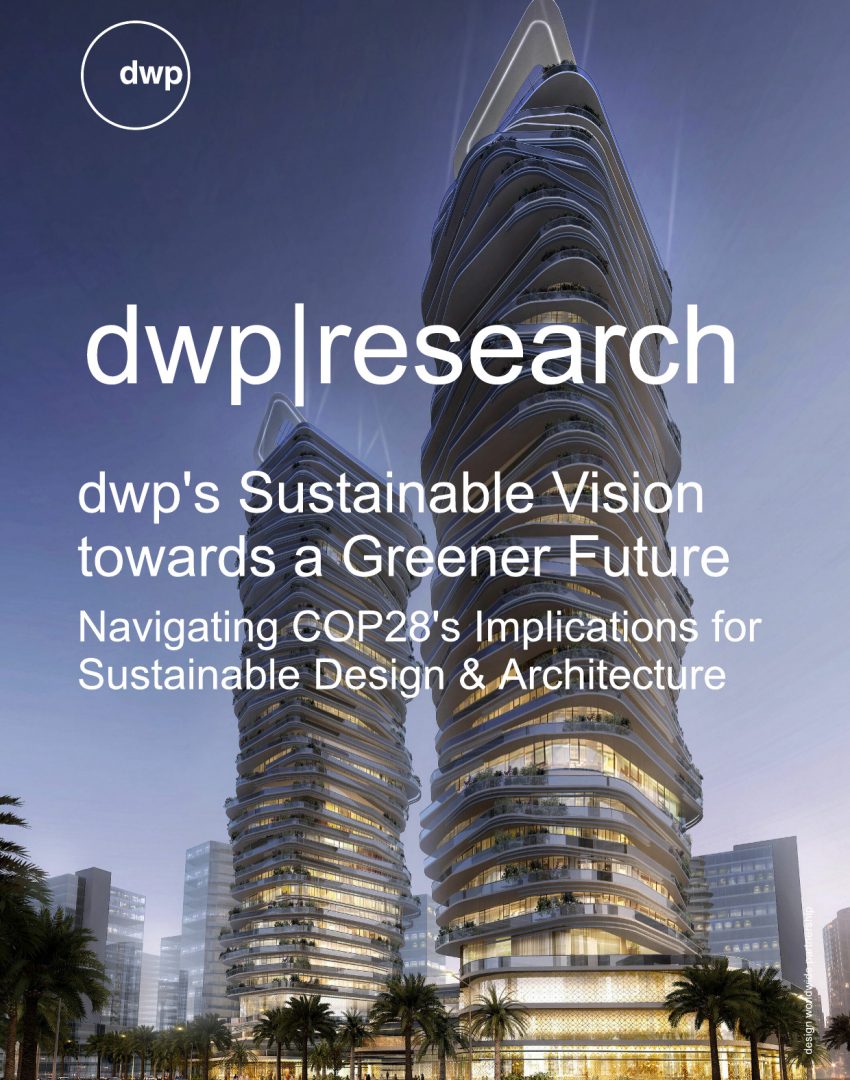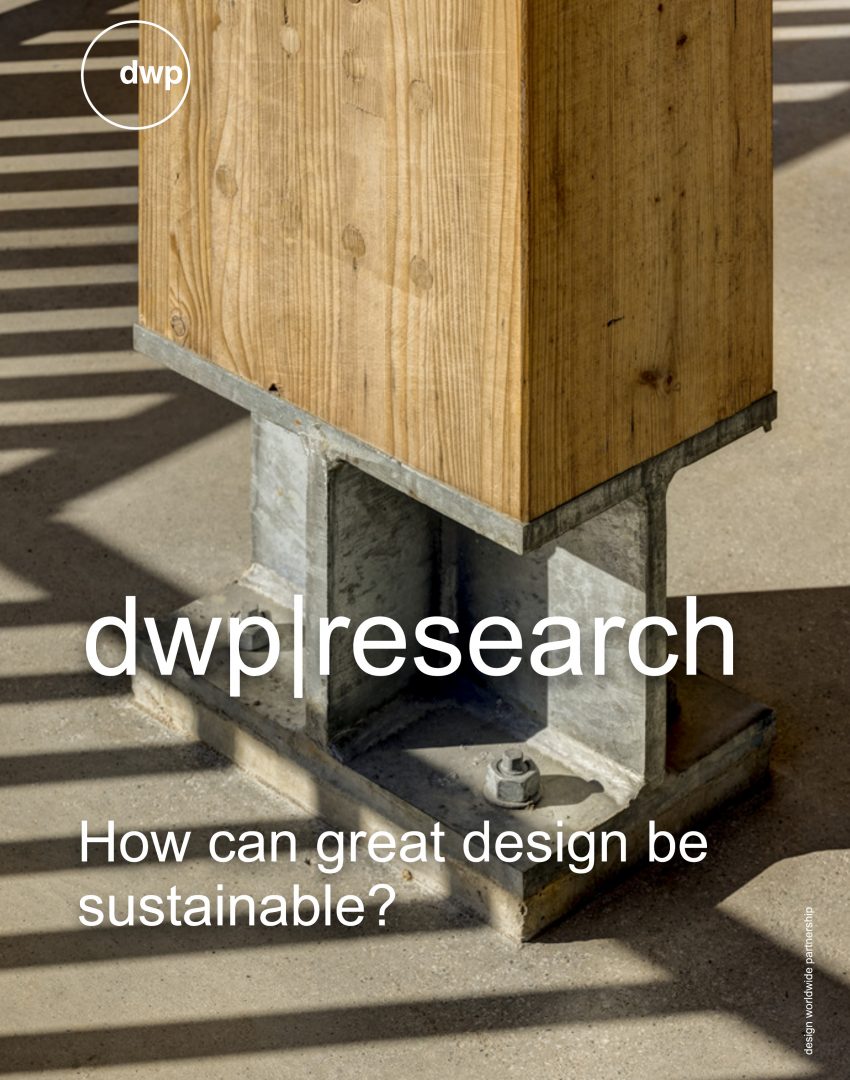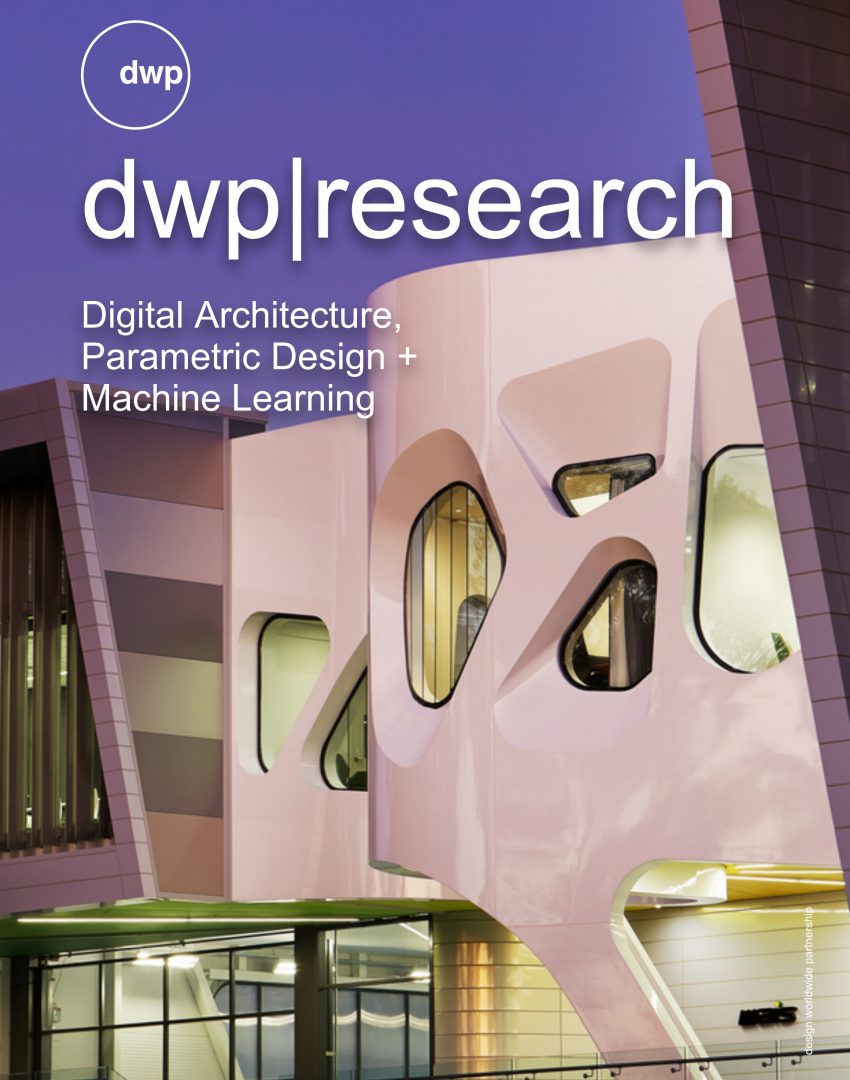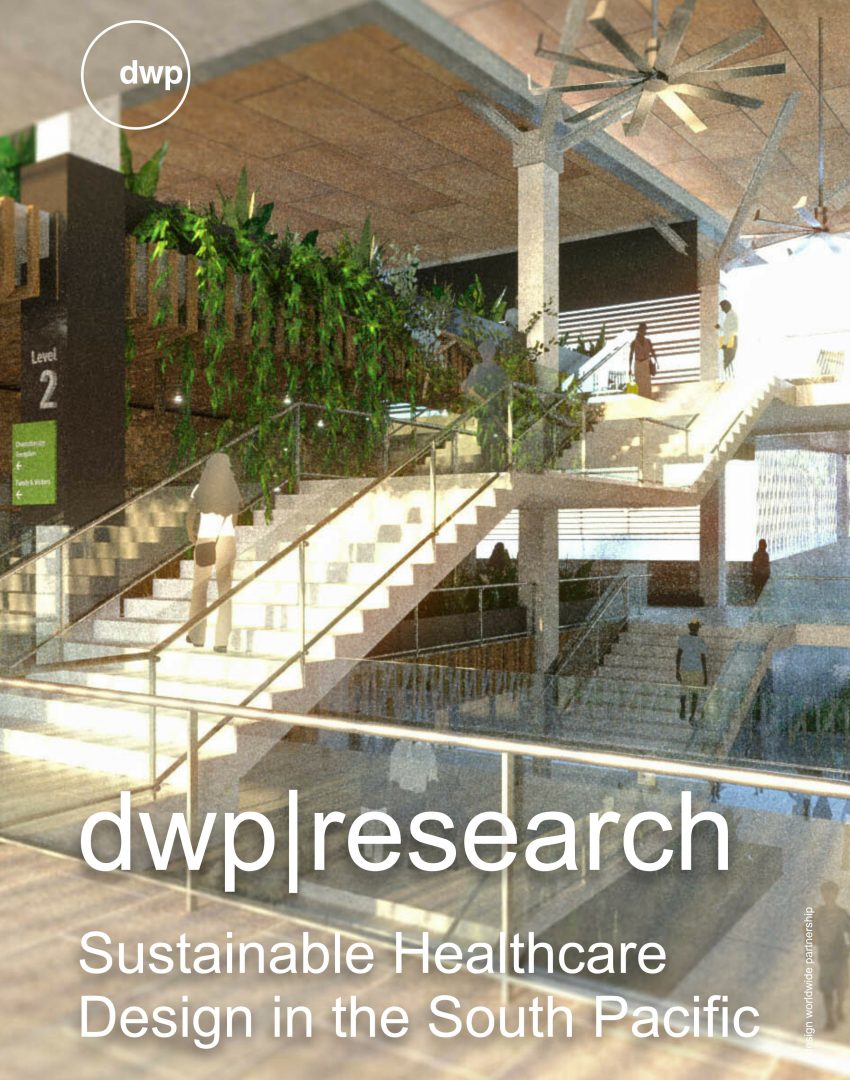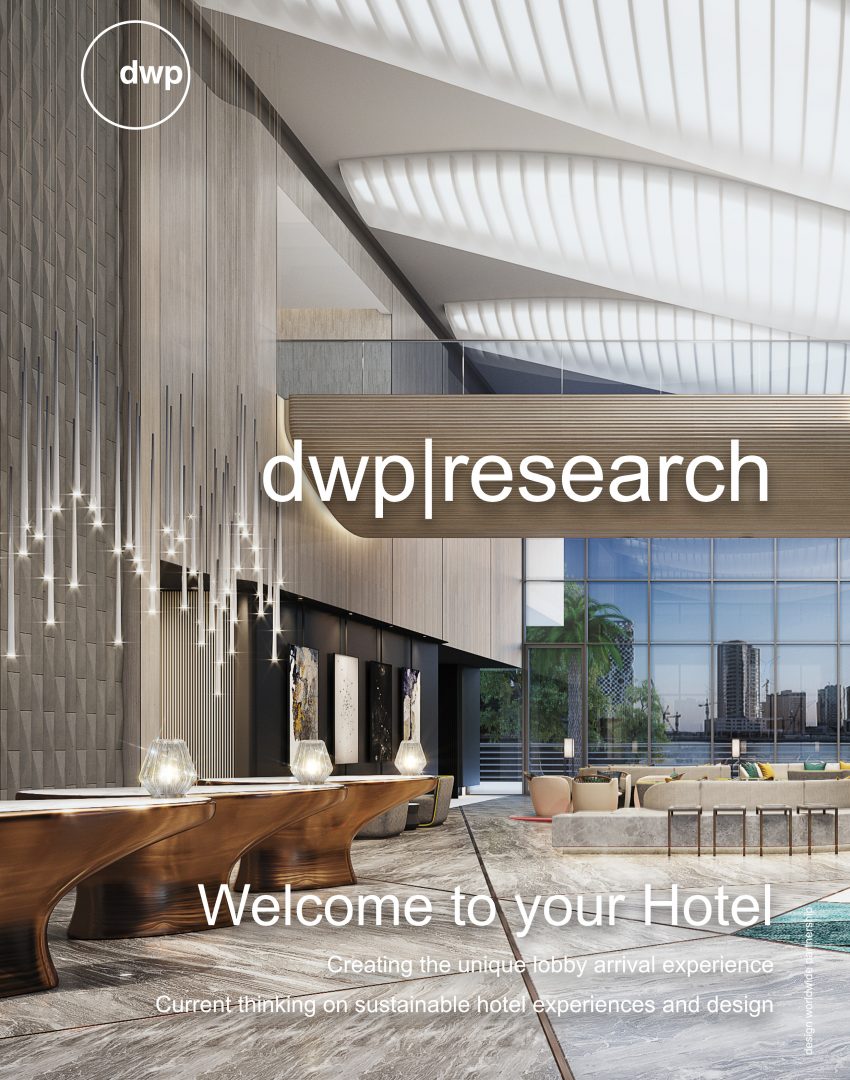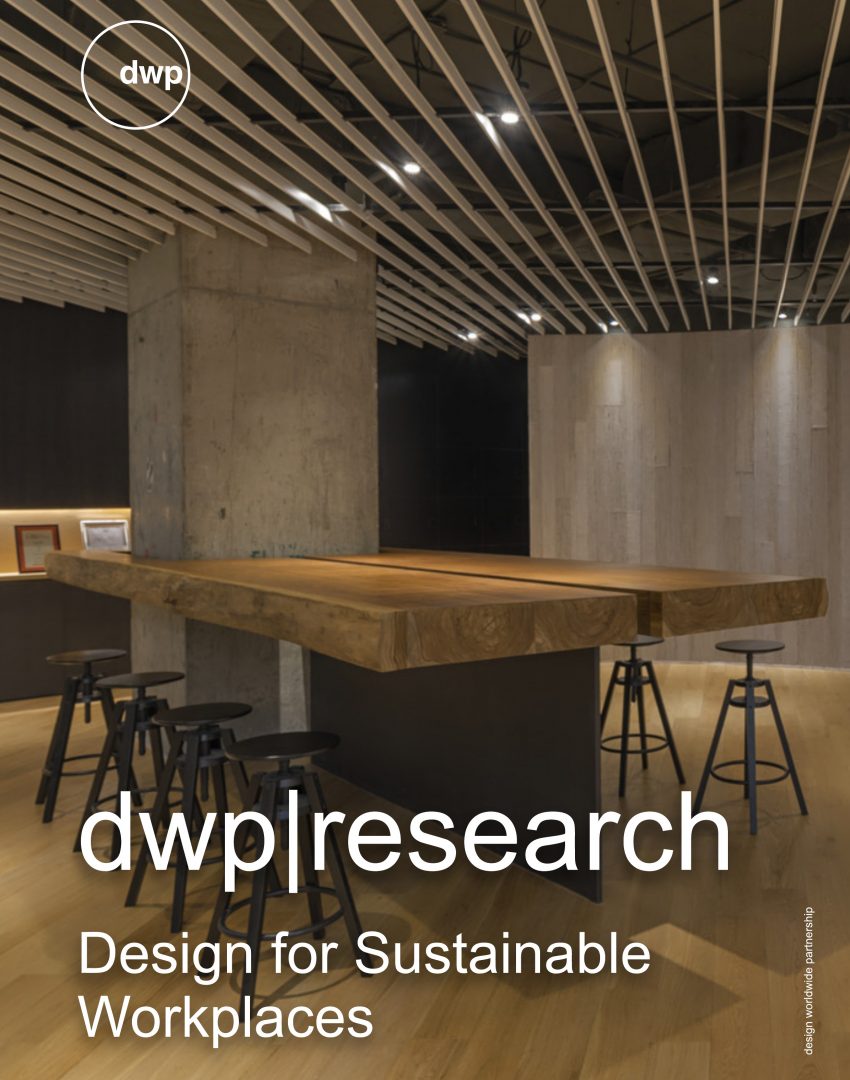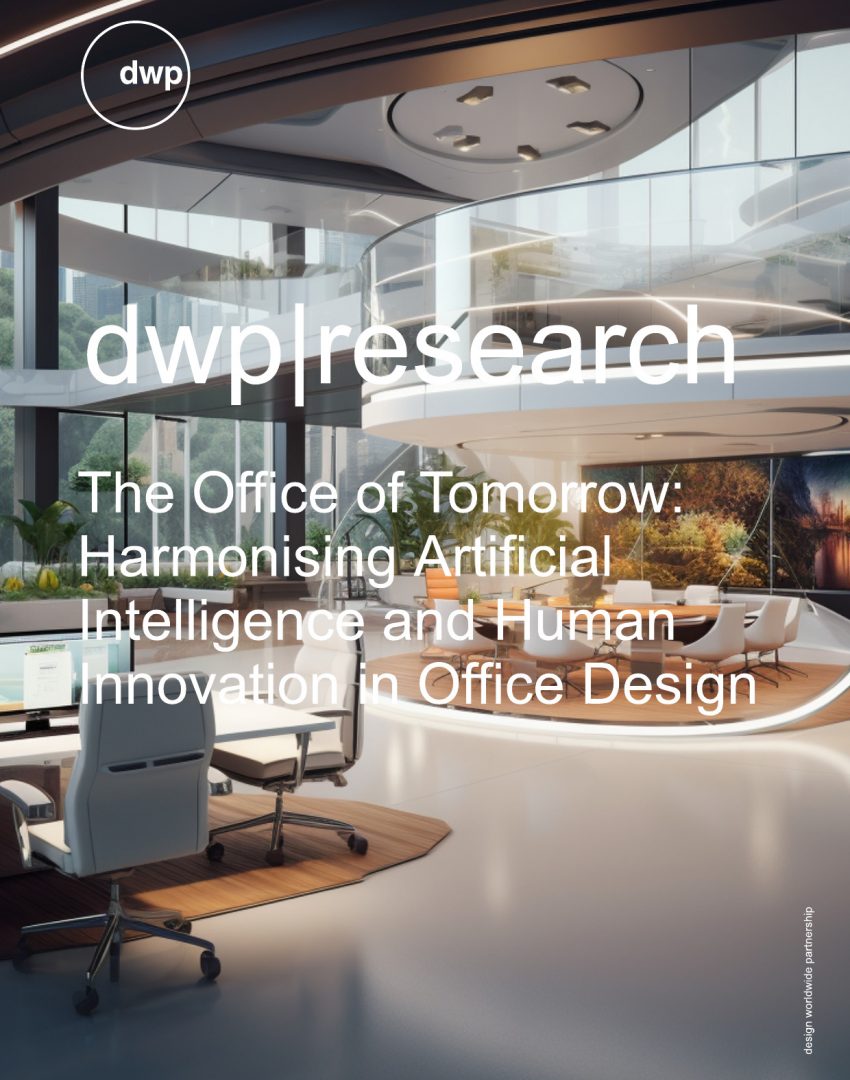How will our cities be shaped by design interventions intended to improve public health and wellness in a post-pandemic world
dwp|research: Healthy Urbanism for Post-Pandemic Cities

How will our cities be shaped by design interventions intended to improve public health and wellness in a post-pandemic world?
Michael Hegarty
CEO of dwp | design worldwide partnership
As we begin to look forward to a post-pandemic world, it’s essential that we consider the impact of COVID-19 on urban planning and design.
At dwp, we believe that the current situation presents not only challenges but also opportunities.
By looking back at how global cities have historically been shaped by design interventions specifically targeted at improving public health and wellness, we can begin to identify these opportunities and explore how we can shape our cities for the better.
Over the past 18 months, the response to COVID-19 in urban design and architecture has been focused on damage-control, prevention, and reducing impact through human behaviour modification. We now need to start thinking long term and planning for our post-pandemic future.
Urban areas have evolved over centuries – often in response to health crises – and the coming changes will inevitably be part of this continuing evolution rather than any form of urbanist revolution.
As we reimagine our cities, one thing is certain – it will require design intervention, high-quality delivery, and continuous effort to keep the balance between the multitude of interdependent factors that define our cities.
